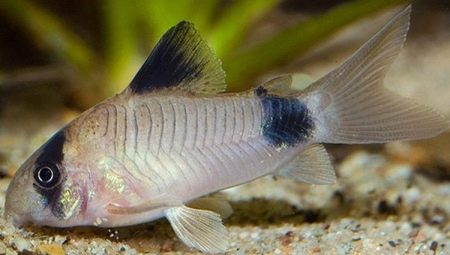Among aquarists, an unusual catfish called corridor panda is very popular, which differs in its unusual appearance and unpretentiousness. This pet is a great option for beginners who love home ponds, as it is undemanding to the conditions of detention and feed, in addition, due to its peaceful he gets along well with many other aquarium inhabitants.
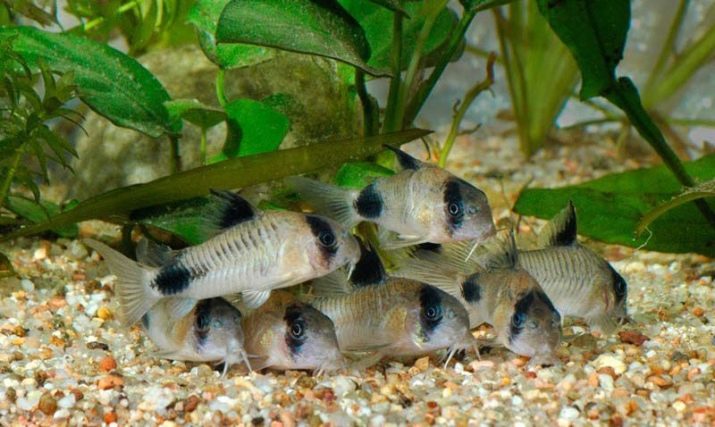
Characteristic
The corridor received its unusual name due to its resemblance to a panda; the fish is also known as the veil catfish. These pets are distinguished by a light, pale pink color, three dark spots are noticeable on their sides, and they are located in strictly defined places, namely:
- around eyes;
- near the tails;
- on the back.
On the head are quite large eyes, a little lower - a large mouth. The whole body is covered with small scales, bone plates are pronounced on the sides. Like all catfish, around the mouth at the corridors there are three pairs of antennae - they help the fish navigate in the water and get food. To protect the animal near the eyes and on the dorsal fin there are pointed spikes with which these small pandas repel all aquatic predators. The body length of an adult fish reaches 5.5 cm, while creating a comfortable living environment in the aquarium, the corridor can live up to 15 years.
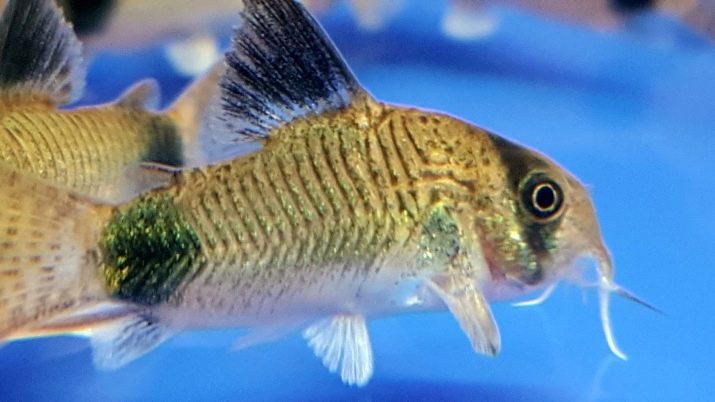
Maintenance and care
Som corridor is extremely unpretentious to the living conditions, but even for such unpretentious fish, high-quality water with stable parameters is required. It is imperative to ensure good filtration and aeration in the tank. Once a week, the fluid should be updated by a third. During each substitution, it is necessary to additionally siphon the soil to remove organic matter - waste products, as well as uneaten food residues.
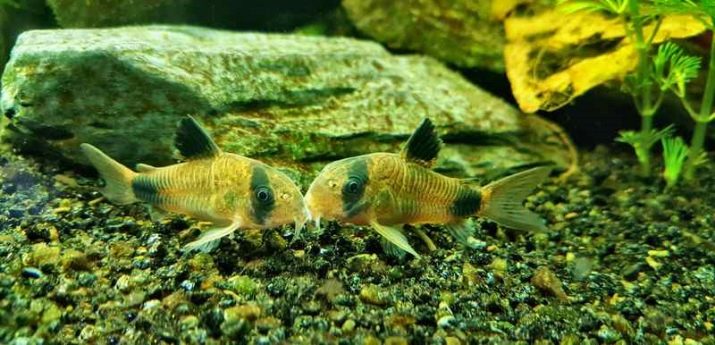
The temperature acceptable for corridors is heating up to +22 degrees. Catfish can withstand a short-term drop in temperature to +12 degrees, although this will become a lot of stress for the fish and can lead to a deterioration in the animal’s health.
Particular attention must be paid to the soil. It is better to use as a substrate sand or fine gravel - the use of a too large or too soft substrate is not recommended. In the natural environment, the waters in which pandas swim are almost free of minerals, they are soft, with a neutral or slightly acid reaction, therefore when breeding corridors, it is desirable to reproduce such indicators.
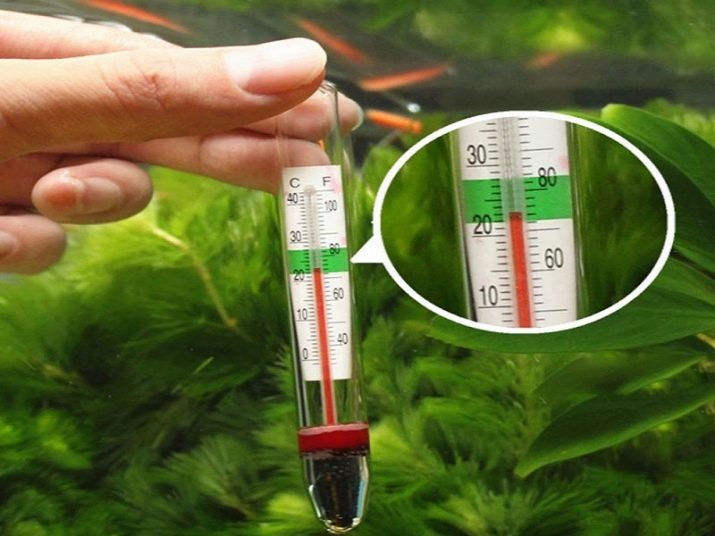
When choosing aquarium vegetation preference it is better to give floating or shadow creating bushes. It should be noted that catfish do not have special requirements for the underwater flora, it is very important for them to have a place where they can hide, so it will be quite out of place to put all kinds of driftwood, grottoes, caves and stones at the bottom, where catfish can spend time. In the same time do not overload the tank - these fish love to rise to the surface to breathe atmospheric air, therefore, it is important to provide them with constant free access.
The aquarium must be equipped with a filter and a compressor, it is necessary to create a moderate flow in it. Do not forget to monitor the behavior of corridors - if they rise too often to the surface, it is necessary to increase aeration of water. Pandas are unpretentious in lighting, although by their nature they are nocturnal residents and prefer to spend time in shaded places.

Compatibility
In nature, catfish swim in flocks; therefore, it is better to keep several individuals in an artificial pond. Alone, the fish begin to hurt, so they won’t live for a long time. For a small "squad" of four pandas, an aquarium of 10 liters will be enough. Catfish get along well with most small fish, as well as with bottom dwellers, therefore, they can be kept together with fish such as:
- barbs
- tetra
- parsing;
- scalaria;
- iris
- swordsmen.
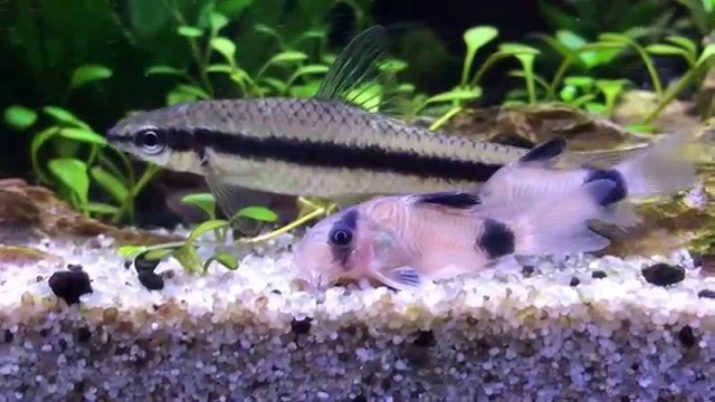
Important! With large, aggressive or too active fish, they should not be populated in one tank. For example, catfish are likely to come into constant conflict with astronotuses and cichlids.
Feeding
Corridoras panda is considered an omnivorous fish that can swallow everything that falls to the bottom. To make the fish feel good, It is very important to provide her with a variety of diets. For example, you should alternate dry food in the form of flakes with frozen shrimp, chopped seafood, and it will also be useful to include artemia, daphnia and bloodworms in the crustacean menu. However, these water pandas with great desire will eat cyclops, worms and tubule.
When organizing feeding do not forget that catfish eat mainly from the bottom, so you need to carefully monitor that they have enough food - If other fish live in the aquarium, there may not be anything left for the corridors. It is best for catfish to use special melting granules and tablets.
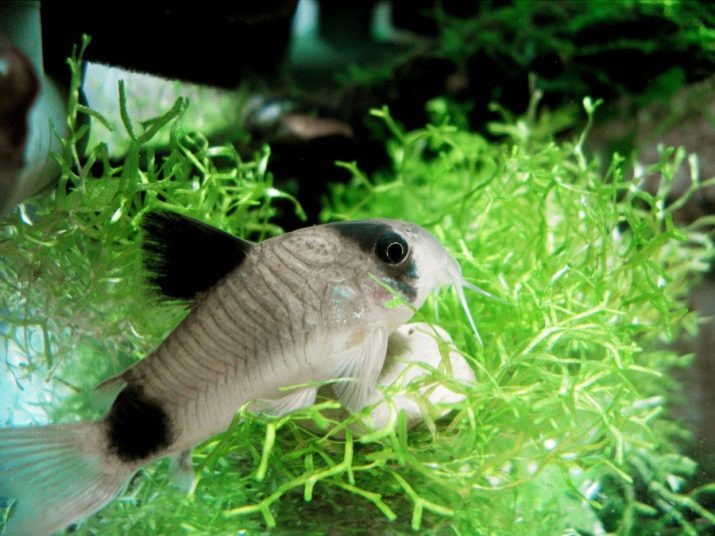
Important! Since catfish are night fish, feeding corridors is best in the evening or when the aquarium equipment is turned off.
Breeding
Panda corridor is very easy to breed at home, but every breeder needs to know a few key points.
- For spawning it is necessary to equip spawning, the volume of which will vary depending on the number of spawning individuals. It is recommended to use containers of 30 liters or more. For one female, it is necessary to take two males.It is not difficult to distinguish females from males - the former have a more rounded abdomen, in addition, they are larger and wider.
- The temperature in spawning should be + 23– + 24 degrees. Make sure that it does not rise above +25 degrees. It is advisable to send the bottom with Javanese moss, and in addition, you will need a filter with a sponge, which is responsible for mechanically cleaning the aquarium.
- To stimulate the onset of spawning, corridors should be plentifully fed with live products. In addition, water should be changed daily by 70%, and each time new water should be poured so that it is several degrees cooler than the old - such manipulations are carried out until the fish begin to spawn.
- When the female feels ready to spawn, she collects the milk released by the male into her mouth and treats them with the surface chosen for spawning, and then carefully glues the eggs there. As a rule, catfish fix their eggs on leaves of aquatic vegetation, therefore their presence in the reservoir is mandatory.
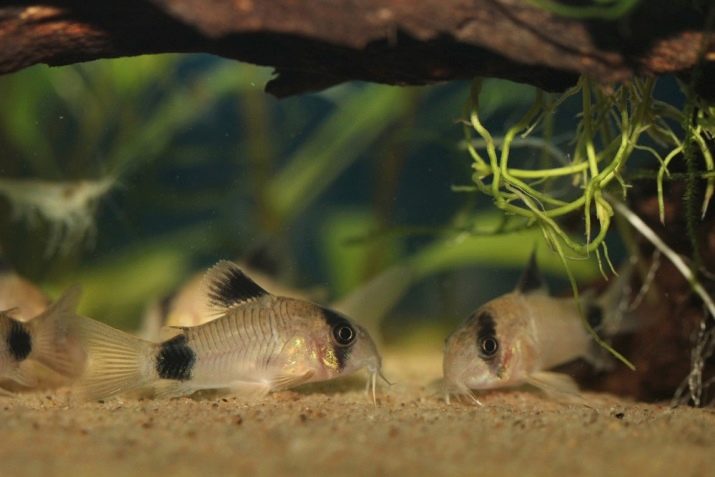
One spawning time the female lays about 100 eggsafter which the parent should be returned back to the aquarium. To prevent the fungus from starting up in water, add a few drops of blue methylene to the spawning ground. If trouble could not be avoided, all affected eggs should be thrown out as soon as possible. Usually fry appear on 3-5 days, during this period it is important to prevent temperature fluctuations. Young animals are fed with infusoria or special live dust.
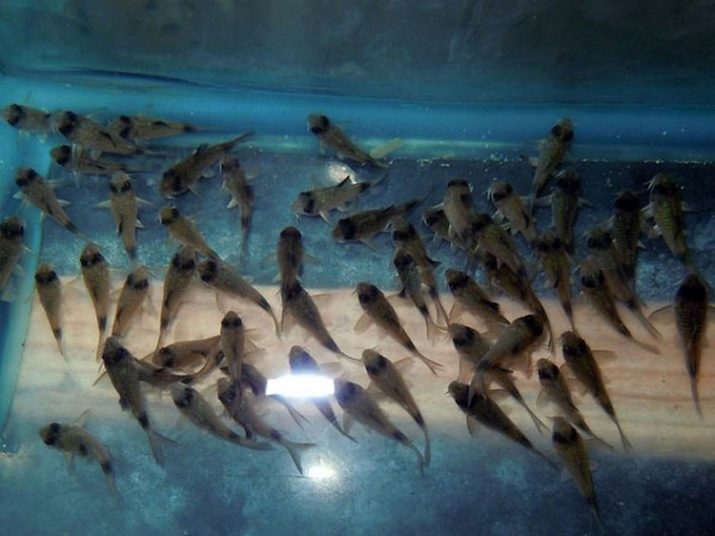
Disease
Usually, the panda corridor is very rarely ill, but it is necessary to control the state of your pets and, if adverse signs appear, take prompt action. So, the appearance of a pathological process can be indicated by the appearance of spots on the scales, mucus and growths - they usually indicate a fungal disease or parasite damage. If the catfish begins to breathe heavily, with difficulty, and tries to rise to the surface, there is a high probability that the panda is poisoned with nitrogen or experiences oxygen starvation.
The greatest danger to fish are various bacterial infections. In this case, reddish spots are noticeable on the tummy, such a fish should immediately be deposited, since the disease is very dangerous and contagious.
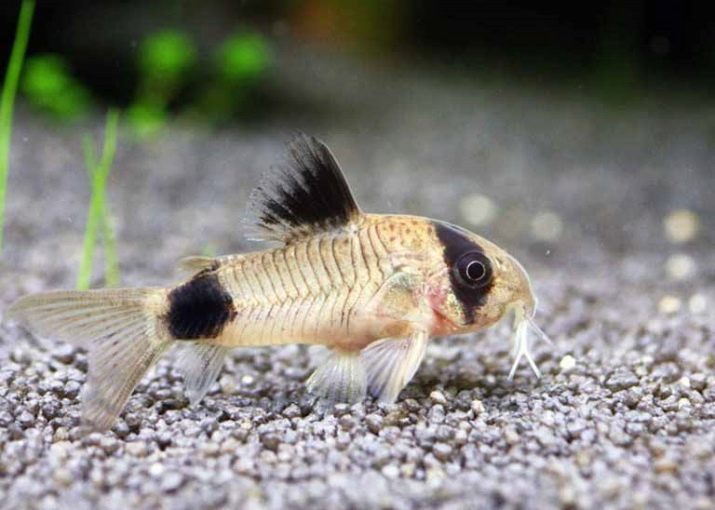
When acquiring a new aquarium resident, it is very important to take preventive measures - it is possible that the catfish got sick even in the store or on the market. Usually, to exclude infection of the aquarium, “newcomers” are kept in quarantine for 3-4 weeks.
If pathology occurs you need to see a professional doctor who will prescribe the right treatment, the use of "grandmother" funds in the form of salt baths and copper preparations is unacceptable.
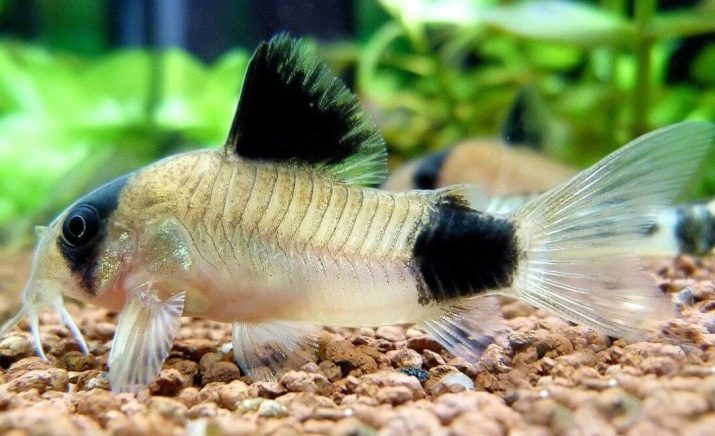
Most of the problems with corridors are associated with violations of their conditions - violation of filtration and aeration, overpopulation and other factors. The consequence of these negative phenomena is an excessive accumulation of fish waste, which leads to an increase in the concentration of nitrates, nitrites and ammonia in water - these substances have a detrimental effect on pets, catfish immunity drops sharply, it starts to hurt.
That is why if the fish in your aquarium begin to die, first do water tests and normalize the content of permissible macronutrients in them. Many catfish get sick due to the aggressive action of their neighbors in the aquatic environment, so the main thing when keeping panda corridors is to create comfortable living conditions for them, in this case many problems with their health will disappear by themselves.
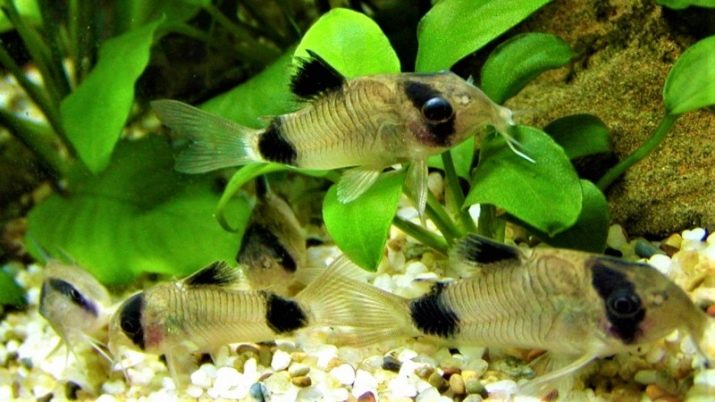
See how to keep, breed, feed and care for the catfish corridor panda in the next video.
